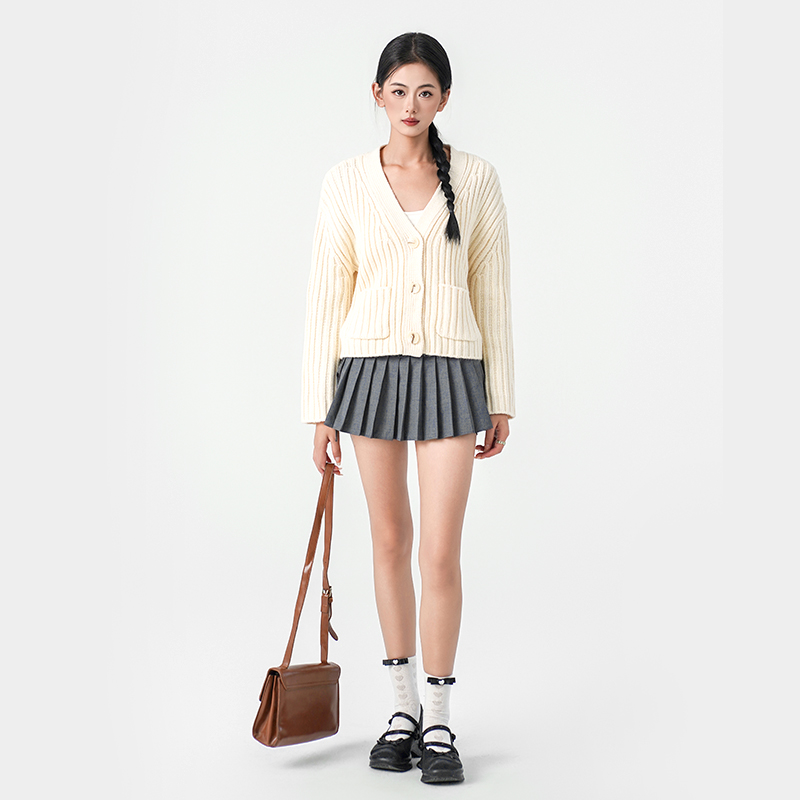How to Properly Fold Knitted Sweaters and When It’s Acceptable to Hang Them Without Causing Damage
Knitted sweaters are beloved wardrobe staples, especially in cooler seasons, offering warmth, style, and texture. Whether handmade or store-bought, these garments often feature delicate fibers and intricate weaves that require thoughtful care. One of the most frequently asked questions about sweater maintenance is whether they should be folded or hung—and if there are any exceptions to the rule.
Why Proper Storage of Knitted Sweaters Matters
Knitted fabrics—particularly wool, cashmere, alpaca, and blends—are sensitive to gravity, moisture, and tension. Improper storage can lead to:
Stretching or sagging of the shoulders and neckline
Permanent creases or fold marks
Unraveling or misshaping of knitted patterns
Loss of elasticity in the fabric over time
Because of these vulnerabilities, it’s critical to choose the right method of storage depending on the type of knit and your available space.
The Best Way to Fold Knitted Sweaters
Folding knitted sweaters helps maintain their structure and prevents distortion, especially when storing them for extended periods. Here's a step-by-step guide for folding:
1. Lay the Sweater Face Down
Place the sweater on a clean, flat surface with the back facing up and sleeves extended out.
2. Fold Each Sleeve Inward
Take one sleeve and fold it diagonally across the back so it aligns with the opposite shoulder seam. Repeat with the other sleeve. The arms should form an “X” shape across the back.
3. Fold Vertically
Fold the sweater lengthwise by bringing the bottom hem up toward the neckline. For bulkier sweaters, a three-fold approach might reduce creases—fold one-third of the hem up, then fold again toward the neckline.
4. Stack Neatly
Place folded sweaters on a shelf or in a drawer, stacking no more than 2–3 high to avoid compression.
When It’s OK to Hang Knitted Sweaters
Generally, hanging is discouraged for heavier knits, as it can stretch the fabric over time. However, not all knitted sweaters need to be folded. There are a few specific cases when hanging might be suitable:
1. Lightweight Knits
Thin, tightly woven knits that hold their shape well—such as cotton or blended knits—can sometimes be hung for short-term use. In such cases, use padded or velvet hangers to minimize pressure points.
2. Sweaters With Structured Designs
Garments that include additional structural elements such as lining, reinforced shoulders, or ribbed collars are more likely to retain their form even when hung.
3. Frequent-Use Items
If you're wearing a lightweight sweater every few days, hanging it for accessibility may make sense. Just make sure it’s not crammed in with heavy coats or jackets that can squash it.
How to Hang a Sweater Safely (If You Must)
If you decide to hang a sweater, use this safe hanging method to avoid shoulder bumps and stretching:
Fold the sweater in half vertically (sleeve aligned with sleeve).
Place the fold over the bar of the hanger, with the sleeves and body hanging on opposite sides.
Adjust to even out the weight, preventing any downward pull on a single section of fabric.
This method distributes the weight more evenly and avoids the sharp angles that cause shoulder deformities.
Other Tips for Sweater Storage
Rotate your sweaters every few weeks to avoid deep folds in one area.
Use breathable storage bins if you need to put sweaters away for the season—avoid plastic bags that trap moisture.
Avoid overcrowding, whether on shelves or hangers, to maintain airflow and avoid unwanted compression.

Final Thoughts
Understanding how to fold and when to hang your knitted sweaters can extend their life, preserve their shape, and keep your wardrobe looking fresh. While folding is generally the safest route for heavier or hand-knit garments, hanging might be appropriate for certain lightweight or structured sweaters if done with care. Assess the thickness, fiber, and usage frequency of each piece to decide what’s best for your storage needs. Whether tucked into a drawer or draped over a hanger, your knits deserve to be stored thoughtfully.

 English
English 中文简体
中文简体 Español
Español












